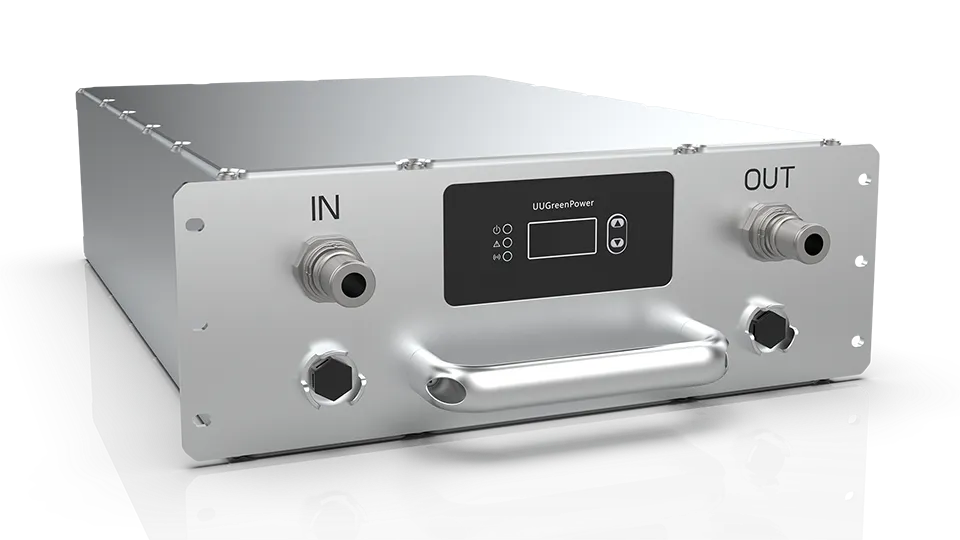Resilience has become a defining factor in the design of modern charging technology. As electric vehicle adoption accelerates, the need for equipment that can thrive in demanding environments is critical. This is where the IP65 charging module proves its importance, offering unmatched protection, efficiency, and performance for the next generation of charging networks.
The Value of IP65 Protection in Charging Modules
An IP65 charging module ensures that critical components are shielded against dust and water, making it ideal for outdoor or harsh installations. From coastal areas with salt fog to regions with heavy rainfall or high temperatures, this level of protection guarantees long-term reliability. More than just durability, an IP65 charging module also supports advanced safety functions, such as overvoltage, undervoltage, and short-circuit protection. For operators, this translates into reduced maintenance, lower operating costs, and peace of mind in environments that would otherwise compromise sensitive equipment.
UUGreenPower’s UR100040-LQ: Innovation Through Liquid Cooling
Among the latest innovations in the industry, its UR100040-LQ (EU) liquid cooling DC charging module showcases how engineering can elevate performance. This 40kW IP65 charging module is equipped with a liquid cooling system that improves heat dissipation efficiency while minimizing noise. It offers ultra-wide voltage range, constant power output, and high power density, all while occupying less space. Features such as plug-and-pull liquid cooling ports, battery back-feed protection, and zero standby power consumption make it a forward-looking solution. By integrating intelligence with resilience, it provides technology that meets the growing needs of global EV infrastructure.
Conclusion: Shaping the Future of EV Charging
The IP65 charging module has become more than a technical specification—it is a benchmark for reliability and adaptability. With solutions like the UR100040-LQ, UUGreenPower is pushing the boundaries of what charging technology can achieve, ensuring that EV infrastructure is not only efficient but also built to endure.


